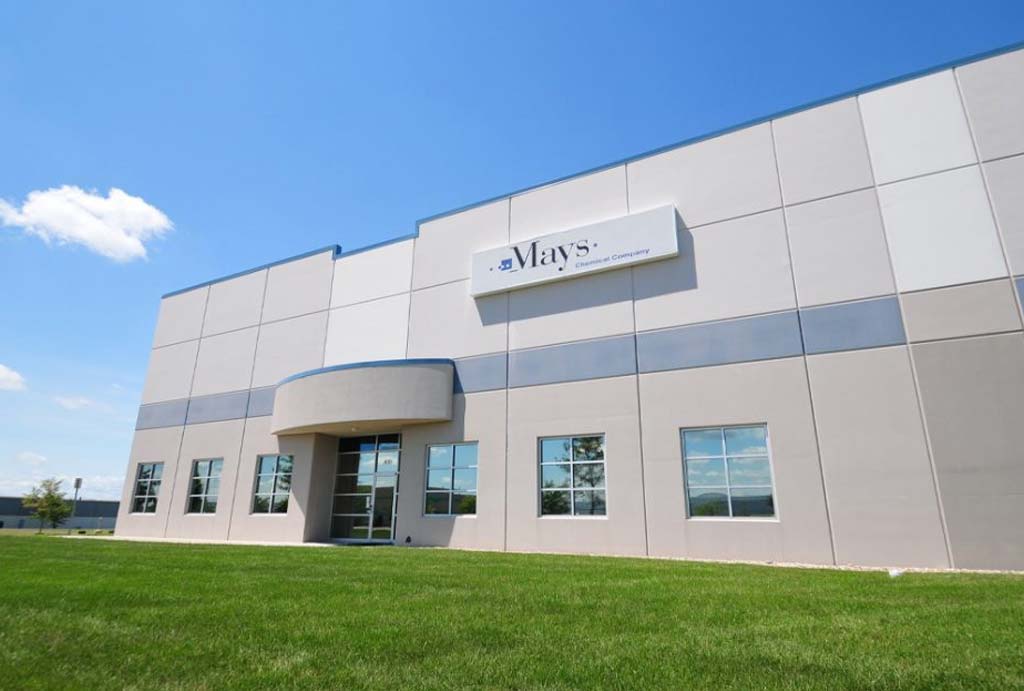There are many homes today that utilize flat roofing systems. When the time comes for a new roof or for some upgrades to your home you may be leaning towards a flat roof. If this is this case, you need to talk to a local roofing contractor and ask them about the types of flat roofs that are common in your area and the pros and cons of each:
Built-Up Roof
This is the traditional flat roof system and used to made from layers of tar and plastic but today utilizes more advanced materials like fiberglass membranes and tar paper.
Pros: It is among the easiest to install and also the cheapest of the flat roof options.
Cons: Very heavy and is not something that can be done as a DIY project.
Modified Bitumen
A single-ply rolled style roof is made from water retardant material that is torched during install to bind and seal it in place and ensure a tight waterproof roof covering for the flat roofing systems.
Pros: Peel-and-stick style bitumen material is easy for homeowners to install on their own.
Cons: Torch-down application is a fire hazard and should be done by a local roofing contractor
Rubber Membrane
EPDM (short for ethylene propylene diene monomer) is a true rubber and can be used in flat roofing systems and is usually anchored with fasteners, tar, or glue.
Pros: Light yet durable and weather resistant, easy to maintain, resists wear and tear.
Cons: More expensive, especially the white energy efficient version that is most recommended.
If you need help determining the pros and cons of the various flat roofing systems that are available to you, call Stay Dry Roofing. Our local roofing contractor team is ready to go to work for you so call us today and get started!

